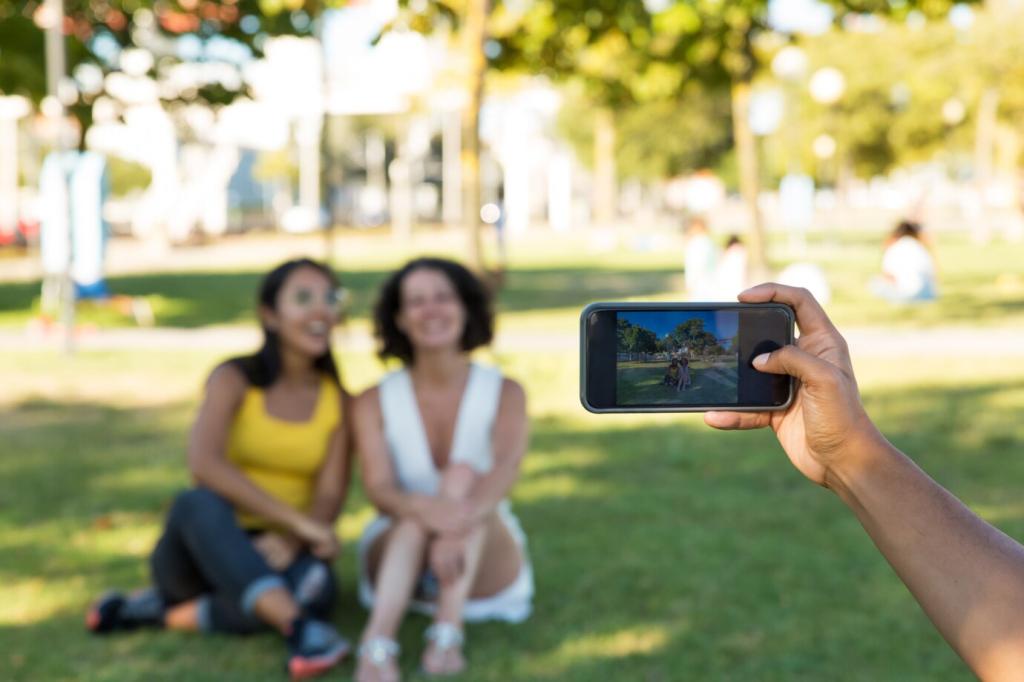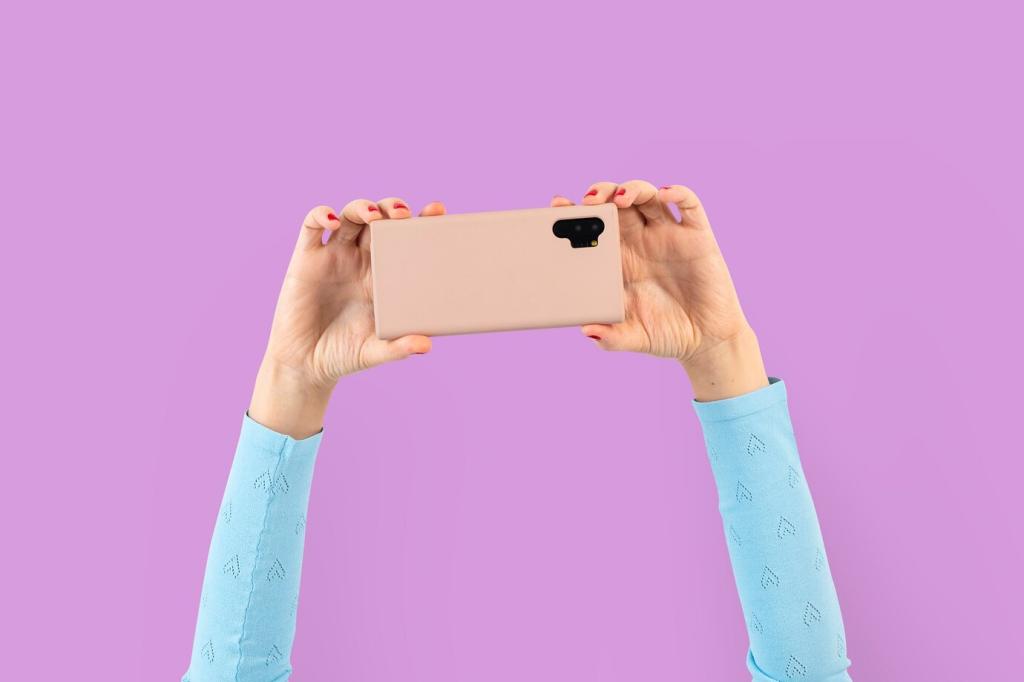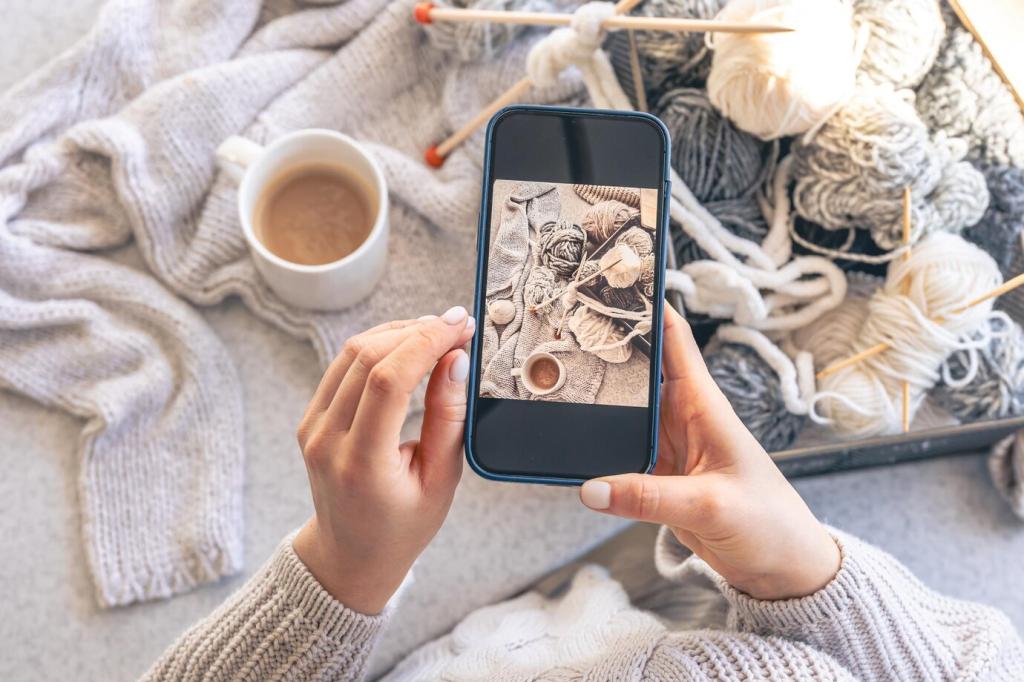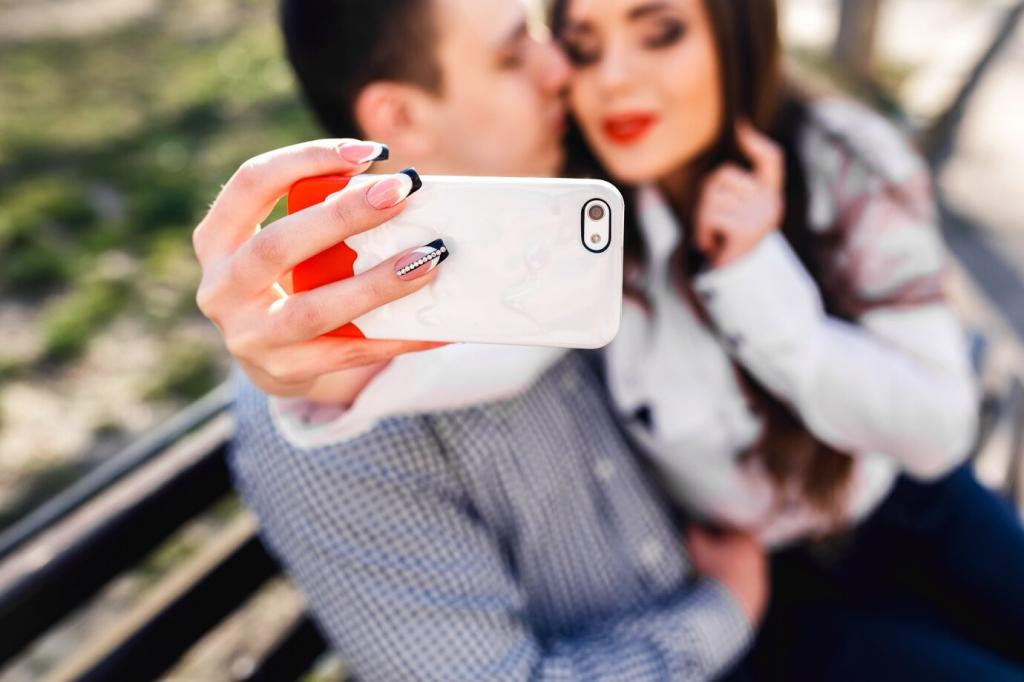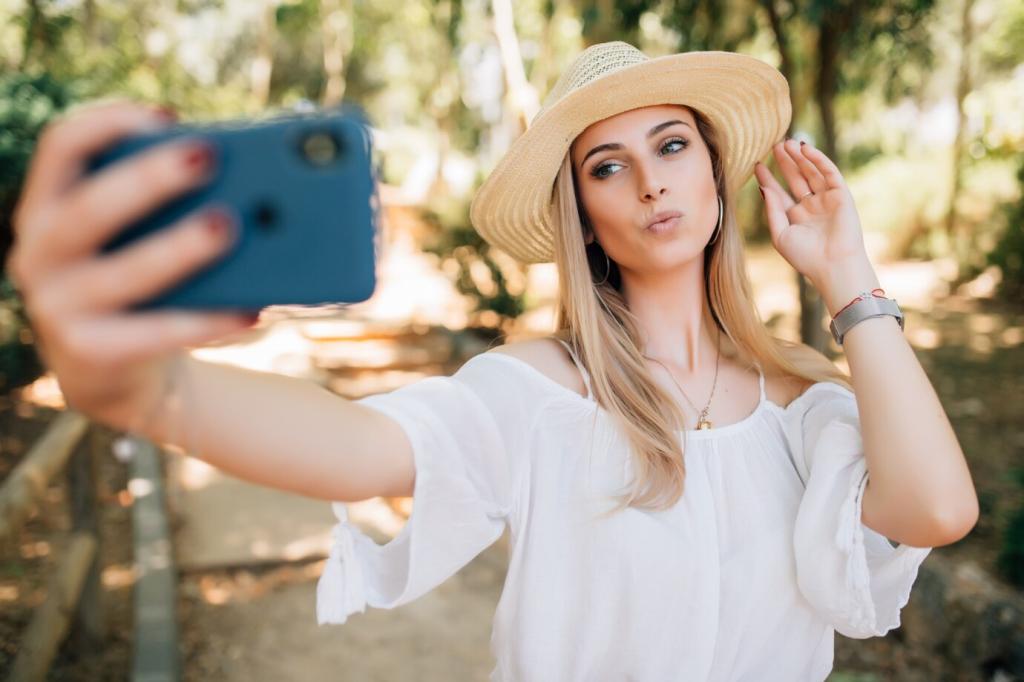Creative Color Grading on a Phone
Add a whisper of teal to shadows and a touch of warm gold to highlights, then lower balance until neither dominates. Keep saturation minimal; you’re seasoning, not repainting. Subtle split toning guides emotion, keeps skin honest, and gives landscapes a cinematic, breathable atmosphere.
Creative Color Grading on a Phone
Teal‑orange can flatter skin against blue environments, but overdo it and everything feels cartoonish. Instead, nudge blues toward teal, warm skin slightly, and lift blacks a hair for softness. Reference real film scans for restraint. Share your favorite film feel and we’ll suggest gentle refinements.
Creative Color Grading on a Phone
Convert to monochrome, then use color mix to darken blues for dramatic skies or brighten reds for glowing faces. You’re still color‑correcting—just steering luminance by hue. This approach yields depth and texture that simple desaturation can’t match, especially in street scenes and portraits.
Creative Color Grading on a Phone
Lorem ipsum dolor sit amet, consectetur adipiscing elit. Ut elit tellus, luctus nec ullamcorper mattis, pulvinar dapibus leo.

